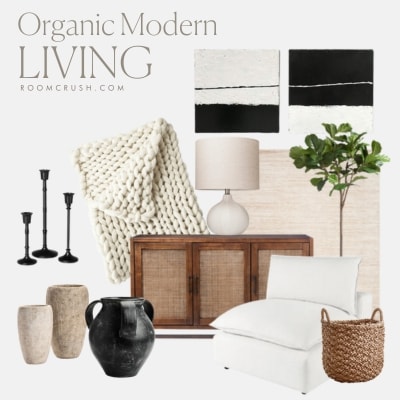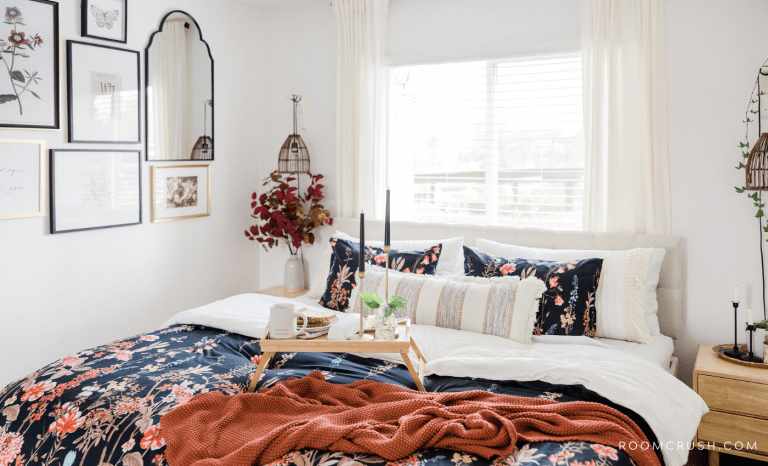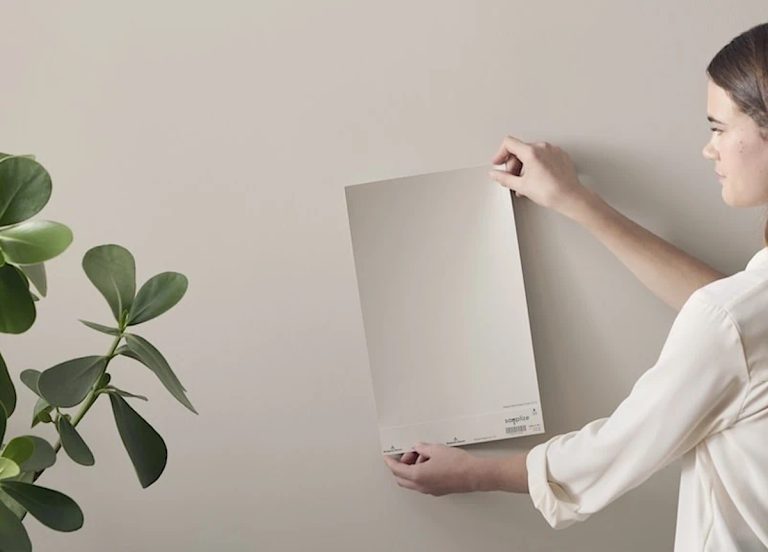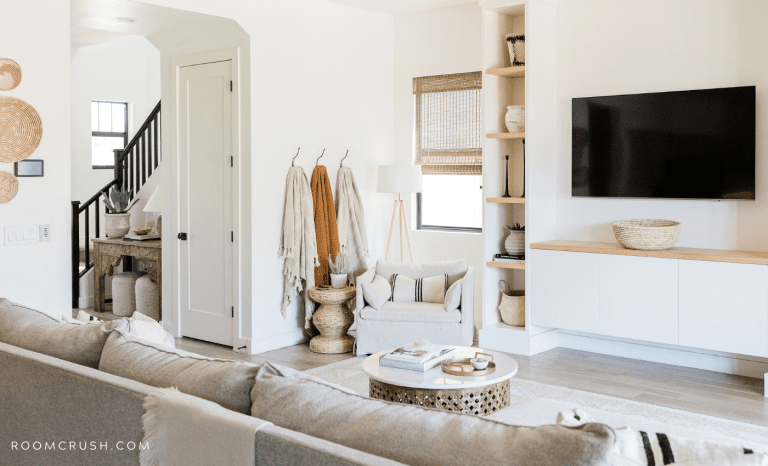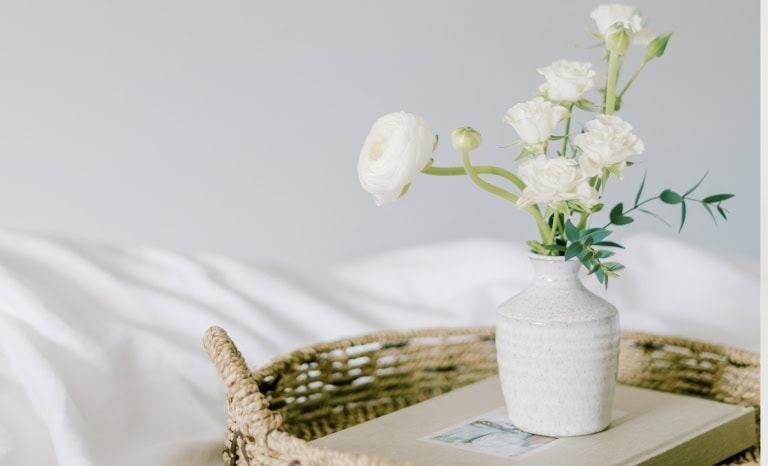How To Choose A Perfect Paint Color | Undertones & Lighting
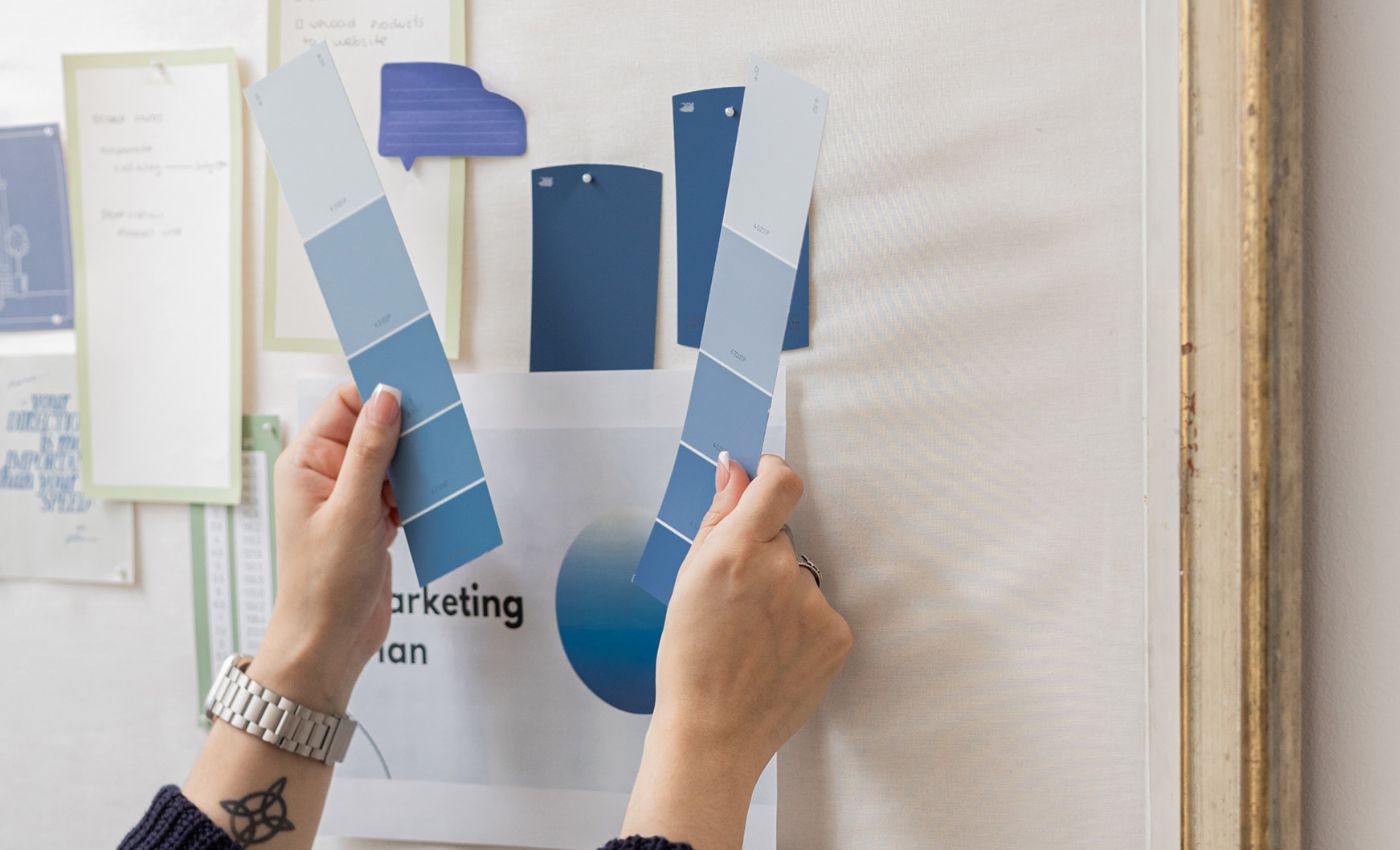
Are you trying to choose find the best paint colors for a north-facing room (or South, East, West)? The four easy steps in this paint color selection guide will help you pick a color that ends up looking exactly how you’re expecting it to – no surprises.
Some paint colors look amazing in the store, but when you get home and start painting, it looks like a completely different color. This chameleon color-shifting effect can happen for a number of reasons but don’t worry, they’re avoidable! While there isn’t a one-size-fits-all formula to choosing a paint color, there are some factors you can take into consideration to set yourself up for success.
5 Steps To Choose The Perfect Paint Color For Any Room
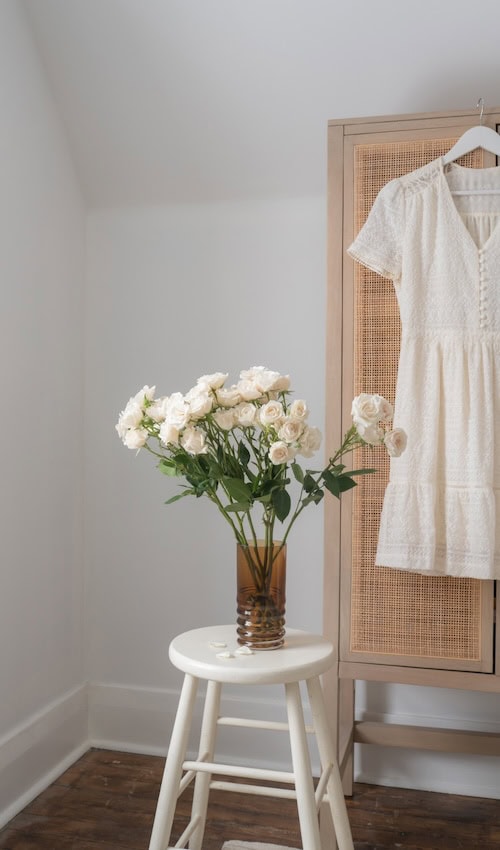
This site uses ads and affiliate content as an Amazon associate earning on qualifying purchases. Disclosure.
1. Know Your Undertones
Paint colors are made by combining several colors to create a unique blend. This blending of colors results in a dominant color (or overtone) and one or more undertones. The dominant color is the main color that jumps out at you. Undertones are the subtle hints of color that are much less apparent.
What are undertones? Undertones are the less apparent, secondary color tones that can be seen in a paint color.
Undertones influence the finished look of paint in a big way. These undertones are the main thing that distinguishes one paint color from all the other similar colors.
The best way to spot undertones is to compare a paint color to a pure color. Seeing the two colors next to each other should make it easy to see undertones.
For white paints, compare the color you’re looking at to a bright clean white (use a piece of printer paper, poster board, or a true white paint swatch card). For other paint colors, use a basic paint color wheel and compare the color you’re looking at to the matching color.
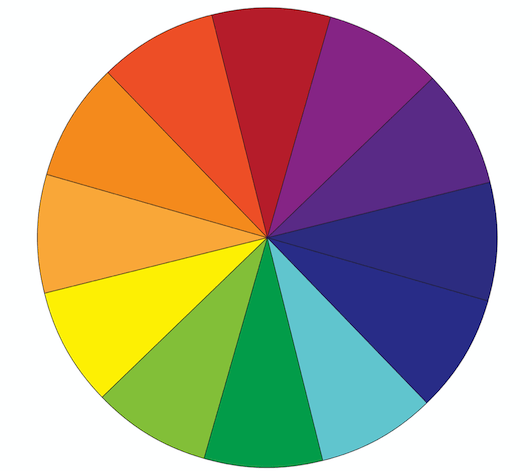
It’s common for paint colors to have multiple undertones. This is because designers utilize many different colors to create new paint colors that are complex, interesting and appealing. For instance, Benjamin Moore says that Creamy White (OC-07) is “a compilation of 152 white and off-white colors”.
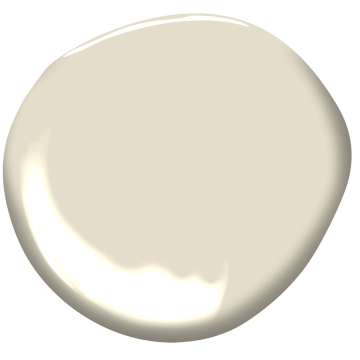
Most of the 152 colors used to make ‘Creamy White’ melt together and leave behind only a few undertones. In this case, yellow and olive are the visible undertones.
Knowing the undertones of a paint is an important aspect of selecting a paint color for your home. In addition to selecting a dominant color (overtone) that works with your interior design plan, you want to make sure that the undertones work as well.
When a paint color looks different than it’s supposed to, it’s usually because some of the undertones are being amplified or muted by other influences. The biggest two influencers that cause paint color shifting are: lighting, and other colors in your home.
All the colors in your home affect paint undertones in a big way. Everything from the colors of the walls, floors & ceilings, to the colors of furniture, greenery, and even wall art – they all affect a paint colors’ final appearance.
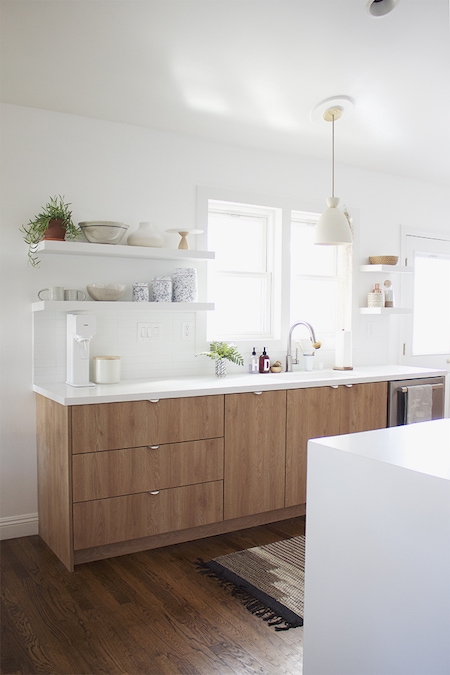
(Example 1) A blue accent wall will cause other paint colors in the same room to appear cooler. This is because light reflects off the blue wall, and projects cool blueish light into the room. This light brings out the cool undertones in other paint colors. It’s kind of like washing a pair of brand new blue jeans with a white t-shirt!
(Example 2) A brown leather sofa can cause paint colors near it to appear warmer. This happens because light that’s reflected off the sofa’s brown leather amplifies warm undertones. If a wall near the sofa has red, orange or yellow undertones, they’re sure to become a little more apparent.
If you can’t prevent this color-shifting effect, then what do you do? You design around it, or embrace it! Try to use paint colors with undertones that complement the other color palettes in your home. You wouldn’t pick a paint color that clashes, so make sure the undertones don’t clash as well.
The colors in a room make a big difference, but lighting is actually the #1 reason why paint colors end up appearing differently. To learn how lighting affects paint colors, keep reading Step 2. Consider The Lighting.
2. Sample, Sample, Samplize!
Once you narrow your search down to a few favorite paint colors, it’s time to test them out and see how they look in your home. Viewing paint on the walls, in the actual room you’re painting is so important!
Be sure to test out your paint colors on multiple walls in a room, and check it during different times of day to see how it looks in different lighting conditions.
You should also look at the paint samples with the lights in the room off, and then on. This will help you to identify if the artificial lighting in the room is skewing the look of your paint colors.
Easiest Way To Test Samples In Your Home
Check out these Peel-and-Stick vinyl paint color samples from Samplize! They use real paint, so it looks EXACTLY how the color will appear in your home.
Peel-and-Stick samples from Samplize make it so easy see multiple colors will look in your home. This way, you still get to see the actual paint in your home, but without the commitment or the hassle.
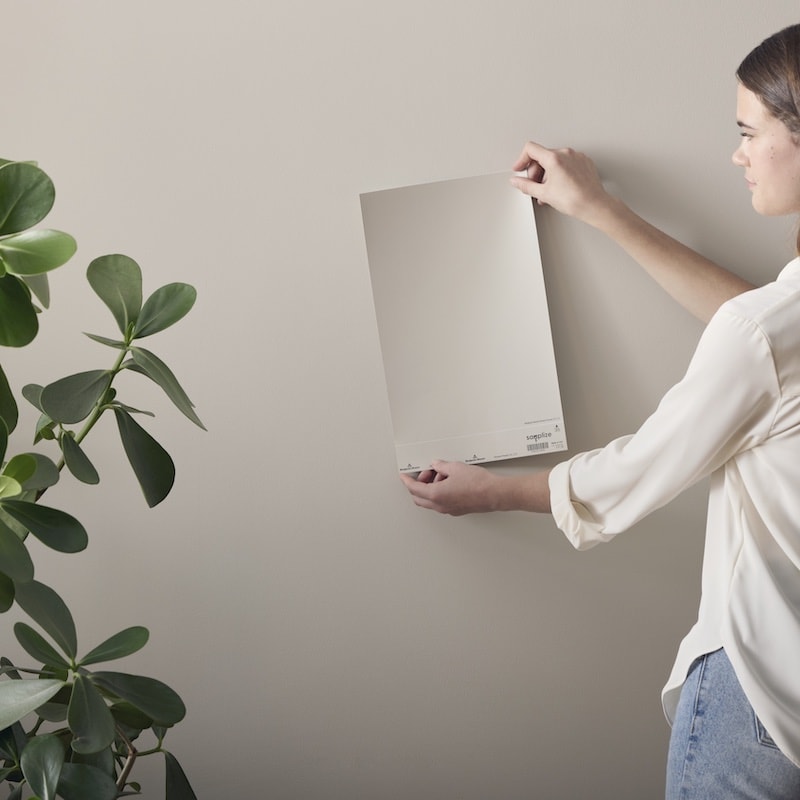
Check out my full review where I share all about my experience using Samplize paint samples to help me choose a paint color in my home – Samplize Review | Making Paint Samples Easy!
When you think a paint color is perfect, using samples in your home will either confirm that it’s a great choice or help you realize that it might not be the best color for that room.
3. Consider The Lighting
The light in a room should be one of your considerations when selecting a paint color. Natural and artificial light both make a huge impact on how paint colors look in room.
Artificial Lighting
When it comes to the lights in your home (artificial lighting), you want to make sure their light color is neutral. This prevents the lights from making your paint colors appear warmer or cooler than they really are.
Using incandescent light bulbs or ‘Warm White’ LED lighting (2700K) will make paint colors appear darker and warmer than they actually are. On the other end of the spectrum, fluorescent lights, CFL’s and ‘daylight’ LED lights (5000K and above) make paint colors appear cooler and washed out.
Artificial lighting with a color temperature around 4000K is ideal for accurate colors, but I recommend using slightly warmer 3000K LED light bulbs in a residential home. This ‘Bright White’ color with a small hint of warmth keeps things feeling relaxed and comfortable without distorting paint colors.
To learn more about choosing the best lighting for your home, check out the guide I wrote call: LED Lighting Guide | Color Temperature, CRI and Lumens.
Natural Lighting
When it comes to natural light, the direction that a window faces affects the color of light it supplies to a room. In addition, the time of day, and even the time of year can make a difference. Because of these variations, some paint colors are better suited for specific room types.
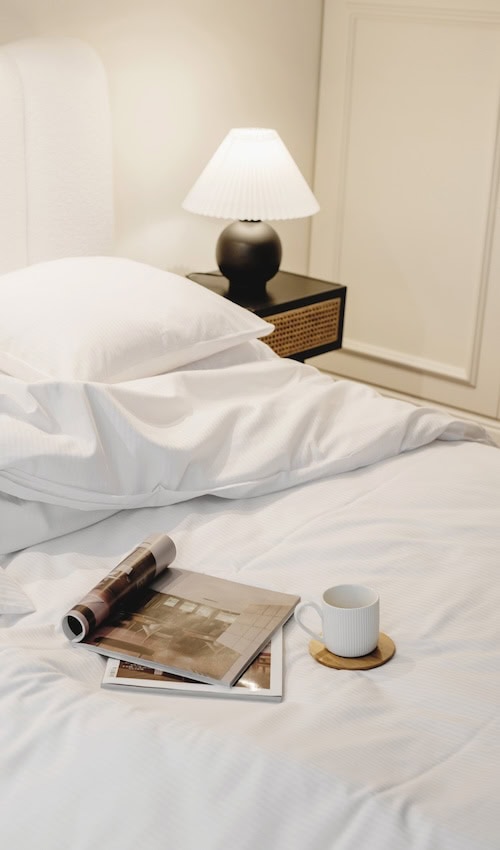
Best Paint Colors For North-Facing Rooms
North-facing windows let tons of beautiful natural light into a room. Northern light is a cool bluish color and it accentuates cool undertones (blues, greens, purples). All paint colors are influenced by light, but keep in mind that white paint colors are especially susceptible to the influence of warm and cool light.
To choose the best paint color for North facing rooms, you’ll have to deal with cool northern light. A great solution is to use a paint color that’s one shade warmer than what you’re going for. The final appearance will be slightly cooler (or less warm), just like you planned.
If you’re going for that bright and airy look, lighter paint colors with warm undertones usually look great in North-facing rooms. Warm undertones are yellows, oranges, reds, browns, beiges, tans.
Some warmth is good in north-facing rooms, but I recommend avoiding extremely warm colors. When you illuminate a warm paint color with cold light, sometimes it can look a little weird and unpleasant.
To see some specific paint color recommendations, check out the article I wrote called: Best Paint Colors For North Facing Rooms. It has tons of information, plus specific paint color recommendations that work well for rooms with Northern light.
Best Paint Colors For South Facing Rooms
The windows in a south-facing room let in cozy warm natural light throughout the day. This means that the warm undertones in a paint color will appear a little more prominently.
When selecting paint colors for South facing rooms, just remember that Southern light is beautiful, warm and relaxing. Its orange-yellow glow makes most paint colors look great. In South facing rooms, almost anything goes, but try to avoid extremely cool colors.
In our South facing master bedroom, we embraced the warm light and painted the walls with Benjamin Moore White Dove. To add even more warmth, we installed a wood accent wall and applied dark wood stain.
To see a step-by-step tutorial that shows you how to install an accent wall, check out the article I wrote called: How To Install A Wood Accent Wall.
White Dove’s warm undertones are strengthened by the Southern light, and the dark accent wall. This combination is perfect for a bedroom.
For a deep-dive on lighting and paint colors in rooms with southern light exposure, as well as specific paint color recommendations, check out the article I wrote Best Paint Colors For South Facing Rooms.
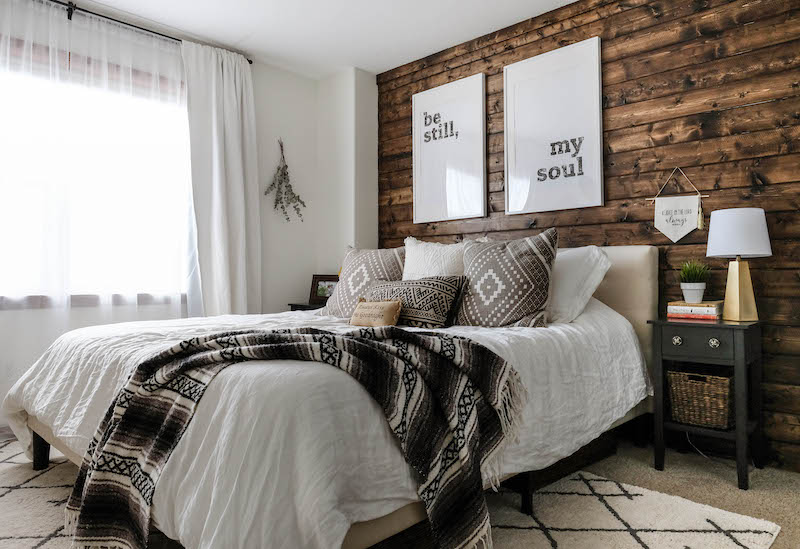
Best Paint Colors For West Facing Rooms (And East)
East and West facing rooms are affected most by the time of day. The color of natural light changes throughout the day as the sun rises out of the East in the morning, travels across the sky, and sets over the West during the evening.
Natural sunlight is warm in the mornings and evenings when the sun is near the horizon. After the warm light from sunrise fades, natural light quickly becomes cool and bright while the sun is high in the sky.
East facing rooms get tons of warm yellow light in the morning and then slightly cool light throughout the day. The opposite is true for West-facing rooms. West facing rooms receive pleasant cool light throughout the day, and then warm orange-red light in the evening when the sun is setting.
To choose the best paint color for a west facing room, it’s important to consider when a room will be used (because of the evolving light color throughout the day). The same can be said when you’re looking at paint colors for East facing rooms. To keep things simple, neutral colors are always a good choice in East and West facing rooms because they look good with both warm, and cool light.
However, almost any paint color can look great in East and West facing rooms, so go with your gut. Choose a color that you love! Just keep in mind that that it may appear differently throughout the day. For East and West facing rooms Step 4. Put Your Favorites To The Test is an especially important part of the paint selection process!
4. Use Online Resources
Paint stores, and home improvement stores offer tons of paint color options. In most cases, they have an entire isle dedicated to displaying paint color swatch cards. The large selection is nice, but seeing hundreds of paint colors at the same time is overwhelming.
Instead of going to a store, I like to start my paint color search online. Although digital screen-rendered colors aren’t always 100% accurate, many modern screens have really good color accuracy. You should be able to get a pretty good feel for the colors using a computer, tablet, or smartphone.
Before starting your paint color search, you should have an idea what you’re looking for. Come up with a game plan before you start looking at colors. Going into the search, you should have a primary color in mind, plus undertones to look for, and undertones to avoid.
Sort By Paint Color Family
I recommend looking at paint colors sorted by their color family. This makes it easy to see the differences between colors. Most paint brands have a user friendly website that makes it easy to search for paint colors, even if you have something specific in mind.
Check out all of my favorite white, and gray paint colors:
Here are two websites I personally use to search for new paint colors:
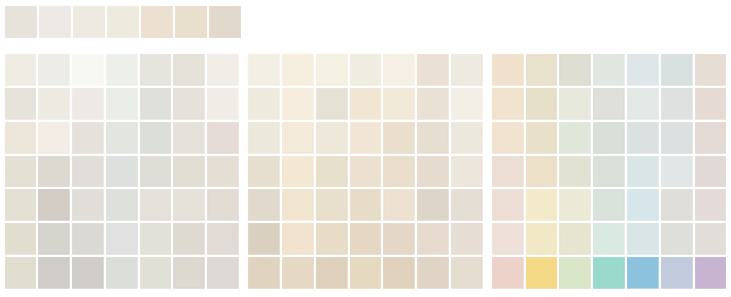

Use A Digital Room Painting Viewer
Most paint companies have online tools that let you view their paint colors in a room, however, the Sherwin Williams ColorSnap® Visualizer is my favorite online resource. You can use the tool to digitally paint walls, and trim with the colors you want to test out.
They have ton’s of different rooms and scenes to choose from, so you’ll be able to find a space that looks similar your room. It’s nice for quickly seeing how the colors will look in a room. This tool is very helpful, but nothing replaces seeing a paint color in your home, on your walls.
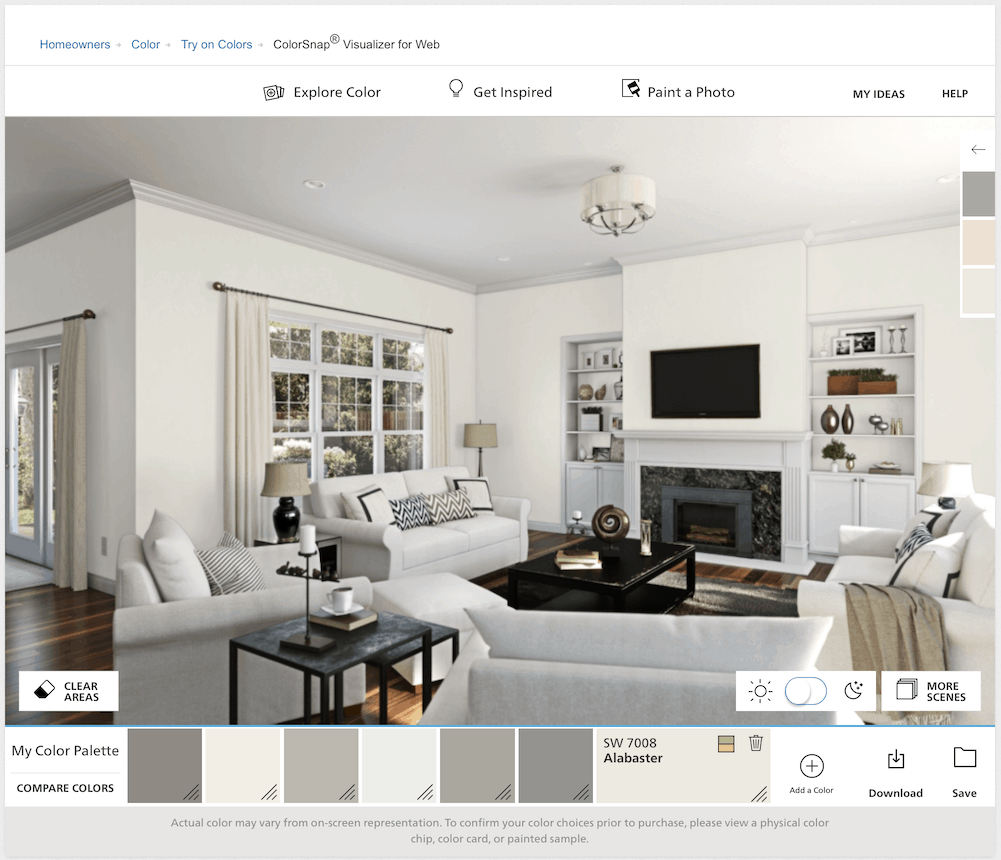
5. Choose The Right Finish (Sheen / Gloss)
The sheen or finish of paint is crucial because it affects not only the look, but also the durability of your paint. Higher gloss sheens have the most reflective appearance and flat/matte finishes absorb the most light (they’re the least reflective).
Paint finishes with higher gloss levels are the most durable, and easiest to clean, but the shiny finish can make paint colors appear lighter. Finishes with lower sheens aren’t as durable and make colors appear slightly darker.
To see a more in-depth breakdown of each paint color sheens, see How To Choose A Paint Color Sheen for all the info. Or keep reading to see the quick ‘cliff notes’ version.
High-Gloss Sheen
High gloss is the most durable and the easiest to wipe down, but it’s also the most reflective and most likely to show imperfections on your walls.
Best Uses: Cabinets, Doors, and High Traffic or High Humidity Applications
Semi-Gloss Sheen
Semi-Gloss retains a lot of the durability characteristics of high-gloss but with a little bit less of a shiny look.
Best Uses: Cabinets, Doors, High Traffic or High Humidity Applications
Satin Sheen
Satin is a good middle ground where it still has decent durability but without the shiny reflective finish. It’s an excellent choice for most rooms.
Best Uses: Dining Room, Kids Room, Hallway
Eggshell Sheen
Eggshell is more of a dull, non-reflective finish that looks amazing in most rooms! This finish has poor durability, so fingerprints and splatters will not be a simple wipe-off job.
Best Uses: Family Room, Living Room, Bedroom
Matte or Flat
Matte or Flat are different names for the same finish, depending on the brand. Matte or Flat finishes are mostly reserved for ceilings, or walls with very low durability needs. This finish absorbs light instead of reflecting it. It looks great, and hides surface imperfections very well.
Best Uses: Ceiling, Adult Bedroom, Home Office
Did you know that you can buy my favorite budget brand of paint now available on Amazon!
Tips For Choosing A Paint Color
- Make sure the undertones of a paint color will complement the color palette in a room.
- Use neutral-colored lights in your home (artificial lighting).
- Know which direction (North, East, South, West) a room faces, and use a paint color that is well suited for the natural light.
- Start your paint color search online and use features such as sorting by color family, and digital room painting.
- Select a sheen that is right for the room you’re painting.
So there you have it! These are my tips for finding the perfect paint for any room. I hope this helps you have more confidence when selecting the right color for your space. I can’t wait to see what colors you choose! Let me know in the comments below if you have any more tips.
More Paint Color Resources
Helping people choose paint colors they’ll love is one of my passions! I’ve written tons of articles that can help you create a color palette for your home. Check them all out here:
- White Paint Color Guide | All The Top White Paint Colors
- Best Gray Paint Colors | The Ultimate Guide
- Green Paint Colors | The Top Shades Of Green
- Paint Color Trends 2021 | Trending Colors From Top Brands
- Samplize Review | Peel-and-Stick Paint Samples
- White Dove Paint Color Review | Benjamin Moore (OC-17)
- Best Paint Colors For North Facing Rooms
Thanks for reading – if you have any comments, questions, or suggestions, please leave them in the comments section below!
